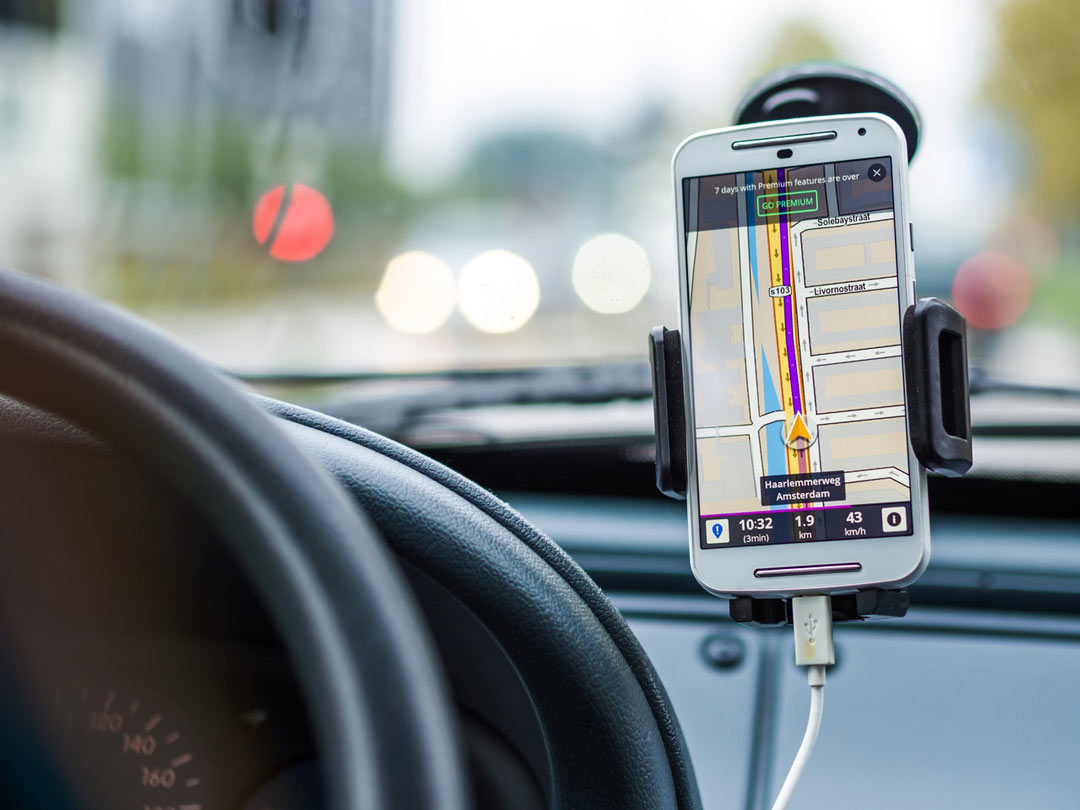Free Android Apps represent, for users, the freedom of trying new products, enable them to choose if they are worth to recommend, to use or even pay for them.

According to John Manoogian, co-founder of an advertising solutions provider, Android users resist paying, but companies are more interested in paying for in-app advertising. Users don’t mind to watch some commercials as long as the app functions remain free, and companies are taking advantage of that.
Although there is a 20% of people willing to paying for a pro or premium version, Manoogian affirms that “the future of app monetization clearly lies in ad-supported model”.
On the other hand, for developers some of the perks of launching free Android Apps include downloads increment, generate engagement, gain visibility and make incomes through in-app advertising and in-app purchases.
As we’ve seen before, launching a free app benefits both, developers and users, but there are still 20% of people willing to pay, looking for quality apps. So, you can take online courses focused on how to monetize your app and cover 100% of the market by launching two different versions: Free and Paid.
Accessibility and Creativity
Google has made great efforts to introduce affordable Android devices into the market, and providing advanced technology for a low-cost is one of the main characteristics of its OS.
As app developers, it is important to know what kind of users do we have and the market we want to be in, otherwise, we won’t be able to get revenues. Because for users who have decided to buy a low-cost device, paying for an app isn’t likely to be among their priorities.
Last year, 67% of users affirmed that one of the main problem of apps today was the ads display, however, some people also understand the reason for this. This is still an issue to consider for app monetization.
The challenge here lies in app developers, which need to apply creativity to use in-app advertising models without bothering users. For example, some applications get slow because of advertising loading problems, fixing this type of issues can make a big difference.
We must also mention that the Android Market is not the only channel to introduce or promote your apps. There are other strategies to monetize your app: Content, email and SMS marketing, or finding partnerships and sponsors as well.
Engagement and Retention strategy
Technology trends and mobile devices have the power of change the behavior of users since they can use smartphones to do tasks that were not possible before.
The interest of users in apps has opened up opportunities for developers to create products that satisfy the consumers´ needs.
Promotion strategies help companies to introduce their apps in the market, motivating the audience to download them. However, gaining downloads is not the main goal, but to know how companies can strategically generate engagement and retain users.
After releasing an app, it is import to track its performance: how many users downloaded it, how many users keep using it after having downloaded it, and how we keep our app interesting for new customers.
A strategy Google has implemented to improve their in-app marketing is to focus on data analytics. Through the analysis of data, companies can identify apps that have been used and the ones who need to fix some technical problems. Besides, it is a valuable information to create future marketing campaigns.
So, What do you think about launching Android Apps using this business model? What other strategies do you know to get revenues with free Android Apps?








